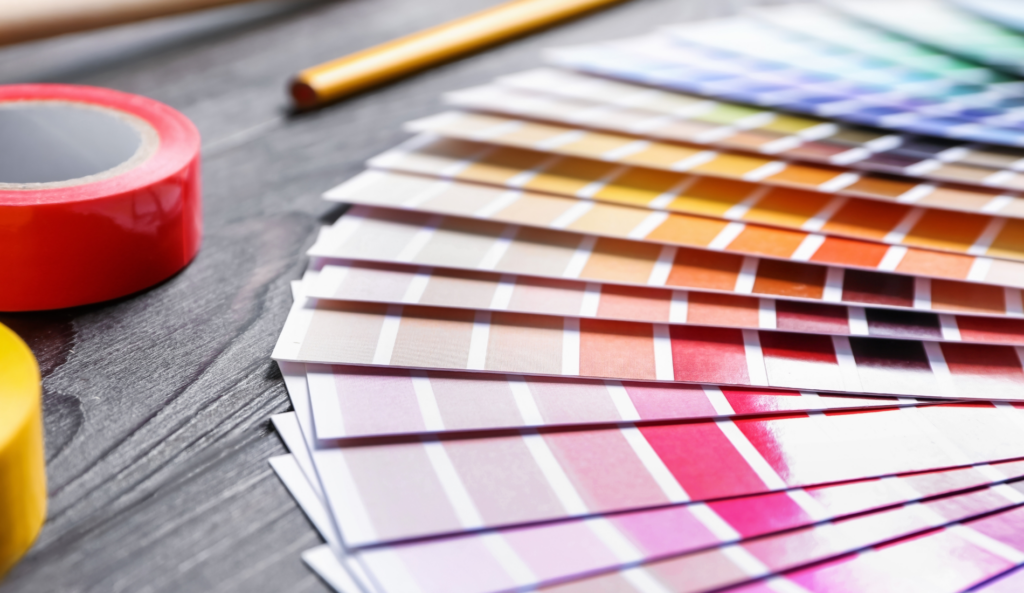Choosing the right color for your walls is more than just a matter of aesthetics. Colors have the power to influence our emotions and behavior, making them an essential component of interior design. In this blog post, we delve into the psychology of color and provide tips on how to select the best paint colors for every room in your house.
Understanding Color Psychology
Color psychology is the study of hues as a determinant of human behavior. It suggests that colors can evoke certain feelings and influence our mood and reactions. Personal experiences or cultural differences can subjectively influence individual responses to color, but some general trends are universally recognized.
Let’s take a look at some common colors and the emotions they’re typically associated with:
- Red: Often associated with passion, excitement, and energy, red can stimulate conversation and appetite, making it a suitable choice for dining rooms or living rooms.
- Blue: Known for its calming and soothing effects, blue is often used in bedrooms and bathrooms to create a peaceful and tranquil atmosphere.
- Green: Being the color of nature, green evokes feelings of renewal, harmony, and balance. It’s versatile and works well in almost any room.
- Yellow: This cheerful and welcoming color is great for kitchens, dining areas, and bathrooms. However, avoid using too much yellow as it can cause feelings of frustration and anger over time.
- Purple: In its darker shades, purple is associated with luxury and creativity, making it ideal for bedrooms or living rooms. Lighter shades like lavender can have a calming effect similar to blue.
- White: Symbolizing purity and simplicity, white can make a room feel clean, bright, and open. It’s perfect for smaller spaces or any room you’d like to appear larger.
Choosing Paint Colors for Different Rooms
Now that we understand the basics of color psychology let’s explore how to apply this knowledge when painting different rooms in your home.
Living Room
As a space where families gather and guests are entertained, the living room should feel welcoming and stimulate conversation. Warm tones like reds, yellows, or earthy browns can create a cozy and inviting atmosphere.
Kitchen
The kitchen is often referred to as the heart of the home. Colors like yellow and orange, which are known to stimulate appetite and promote feelings of warmth and happiness, can work well in this space.
Bedroom
The bedroom is your personal sanctuary, a place for rest and relaxation. Cool colors like blues, greens, or lavenders can help create a serene and calming environment conducive to sleep and relaxation.
Bathroom
For bathrooms, consider soft, cool colors or neutrals to create a spa-like, tranquil setting. Blues, greens, or even light grays and whites can work well in these spaces.
Home Office
In a home office, productivity is key. Green, being the easiest color on the eyes, can reduce fatigue and promote harmony. Blue stimulates the mind, leading to higher productivity, while yellow can inspire creativity.
Conclusion
Understanding the psychology of color can be a powerful tool when deciding on the color scheme for your home. However, it’s important to remember that these are general guidelines and individual reactions to color can vary. Always consider your personal preferences and the overall style of your home. Don’t be afraid to experiment with different shades and color combinations until you find what works best for you. After all, your home should be a reflection of your unique personality and taste. Get in touch with us for a free estimate on your upcoming project. Let’s kick start your journey today.


